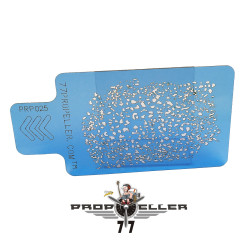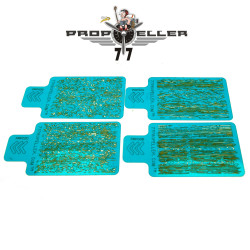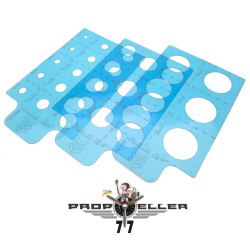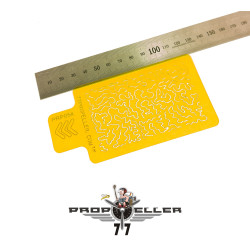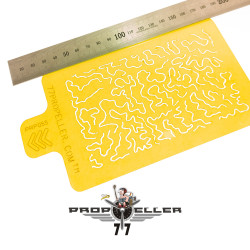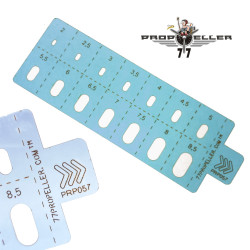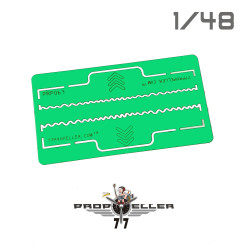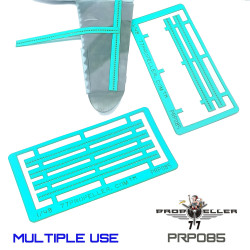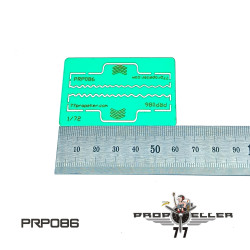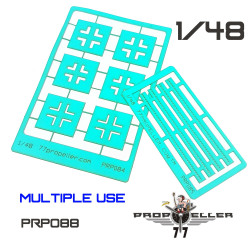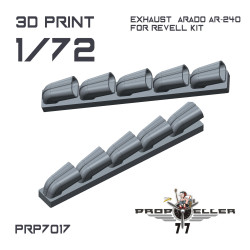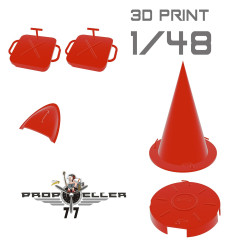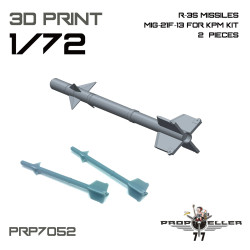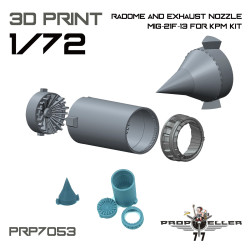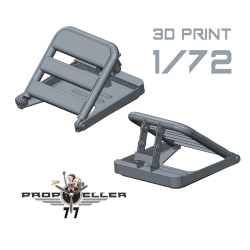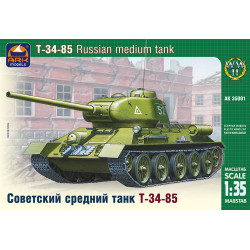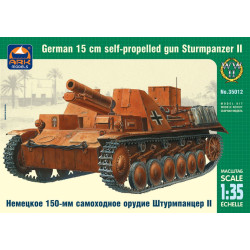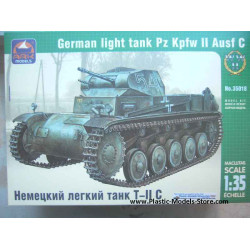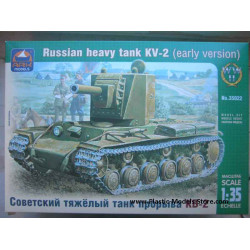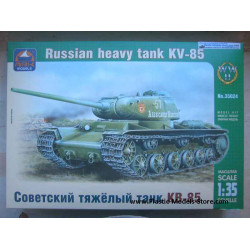







Russian cruiser 'Aurora'
1/400 Submarines, boats, ships
Ark Models 40001
Manufacturer: Ark Models (Russia)
Scale: 1/400
Material: Plastic
Unpainted, Unassembled, Kit do not contain paints and glue.
Condition: New in Box
Aurora (Russian: ÃòÑ€þÌÑ€ð, tr. Avrora, IPA: [ÉˈvrorÉ™]) is a 1900 Russianprotected cruiser, currently preserved as a museum ship in St. Petersburg. Aurora was one of three Pallada-class cruisers, built in St. Petersburg for service in the Pacific Far East. All three ships of this class served during the Russo-Japanese War. The Aurora survived the Battle of Tsushima and was interned under U.S. protection in the Philippines, eventually returned to the Baltic Fleet. The second ship,Pallada, was sunk by the Japanese at Port Arthur in 1904. The third ship, Diana, was interned in Saigon after the Battle of the Yellow Sea. One of the first incidents of the October Revolution in Russia took place on the cruiser Aurora.Soon after completion, in November 1903, Aurorareceived orders to sail with a group of reinforcements to theRussian Pacific Fleet. However, she suffered from repeated mechanical failures and had to be repaired at several ports along the way. When word was received of the start of the Russo-Japanese War while at Djibouti, she was detached from the reinforcement fleet and sent back to the Baltic.[3]After refitting, Aurora was ordered back to Asia as part of the Russian 2nd Pacific Squadron, a collection formed from the Russian Baltic Fleet, under the command of Vice-Admiral Zinovy Rozhestvensky. On the way to the Far East, Aurora sustained light damage from confused friendly fire in the Dogger Bank incident, which resulted in the fatality of the ship’s chaplain.On 27 and 28 May 1905, Aurora took part in the Battle of Tsushima, along with the rest of the Russian squadron. During the battle, her captain, Captain 1st rank Eugene R. Yegoryev was killed, along with 14 crewmen. The wounded executive officer, Captain of 2nd rank Arkadiy Konstantinovich Nebolsine took command. After that Aurora, covering other, much slower Russian vessels, became the flagship of Rear-Admiral Oskar Enkvist, and with two other Russian cruisers broke through to neutral Manila, where she was interned by Americanauthorities from 6 June 1905 until the end of the war.
In 1906, Aurora returned to the Baltic and became a cadet training ship. From 1906 until 1912 the cruiser visited a number of other countries; in November 1911 the ship was in Bangkok as part of the celebrations in honour of the coronation of the new King of Siam.During World War I Aurora operated in the Baltic Sea performing patrols and shore bombardment tasks. In 1915, her armament was changed to fourteen 152 mm (6 in) guns. At the end of 1916, she was moved to Petrograd (the renamed St Petersburg) for a major repair. The city was brimming with revolutionary ferment and part of her crew joined the 1917 February Revolution. A revolutionary committee was created on the ship, with Aleksandr Belyshev elected as captain. Most of the crew joined theBolsheviks, who were preparing for a Communist revolution.
At 9.45 p.m on 25 October 1917 (O.S.) a blank shot from her forecastle gun signaled the start of the assault on the Winter Palace, which was to be the beginning of the October Revolution. In summer 1918, she was relocated to Kronstadt and placed into reserve.As a museum ship, the cruiser Aurora became one of the many tourist attractions of Leningrad (now Saint Petersburg), and continued to be a symbol of the October Socialist Revolution and a prominent attribute of Russian history. In addition to the museum space, a part of the ship continued to house a naval crew whose duties included caring for the ship, providing security and participating in government and military ceremonies. The crew was considered to be on active duty and was subject to military training and laws.
Having long served as a museum ship, from 1984 to 1987 the cruiser was once again placed in her construction yard, the Admiralty Shipyard, for capital restoration. During the overhaul, due to deterioration, the ship's hull below the waterline was replaced with a new welded hull according to the original drawings. The cut off lower hull section was towed into the Gulf of Finland, to the unfinished base at Ruchi, and sunk near the shore. The restoration revealed that some of the ship parts, including the armour plates, were originally made in England, which put in doubt the previously maintained image of the cruiser as a marvel of authentic Russian naval engineering.
Aurora, moored in St. Petersburg
Career (Russia)
Operator:
Russian Navy
Soviet Navy
Imperial Russian Navy
Builder:
Admiralty Shipyard, St. Petersburg
Laid down:
23 May 1897
Launched:
11 May 1900
Commissioned:
29 July 1903
In service:
1903-1957
Honours and
awards:
Participated in:
Dogger Bank incident (1904)
Battle of Tsushima (1905)
October Revolution (1917)
Status:
Active, preserved at St. Petersburg,Russia
General characteristics
Class & type:
Pallada-class protected cruiser
Displacement:
6,731 tons
Length:
126.8 m (416 ft)
Beam:
16.8 m (55 ft)
Draught:
7.3 m (24 ft)
| General Product Info | |
| Material | Plastic |
| Scale | 1/400 |
| Type | NOT SET |
We have the lowest worldwide shipping. And it's totally simple.
EUROPE, USA, CANADA TURKEY, ISRAEL, EGYPT, UE CHINA, JAPAN, HK, S.KOREA | AU NZ MX South America, Asia | |
| Order weight up to 0.22kg or 0.48lb | US$ 8.90 | US$ 8.90 |
| Order weight up to 0.44kg or 0.97lb | US$ 13.95 | US$ 17.90 |
| Order weight over 0.44kg or 0.97lb | US$ 19.99 | US$ 29.99 |
| Order total over $150 | FREE | PROMO US$ 19.99 |
Shipping to some countries not qualifies for the free shipping option but costs not over $29.99 for any sized order. Sorry for that, your location is too far.
- Stock: Out Of Stock
- Model: ARK40001
- Weight: 1.20lb
- DATE ADDED: 24/04/2014








-250x250w.jpg)
















